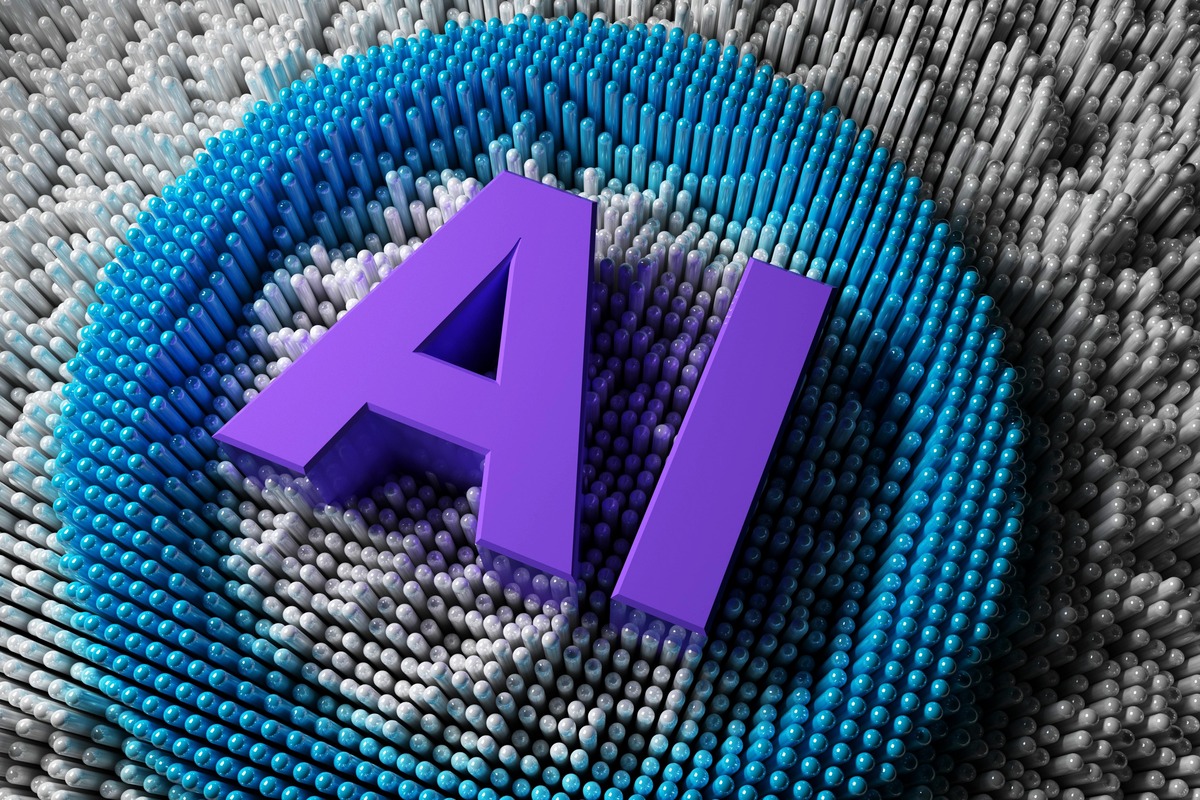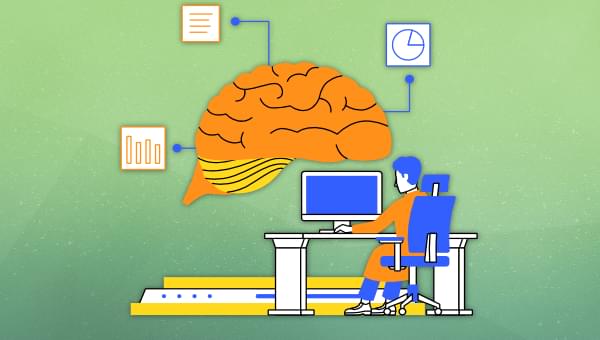Multimodal large language models (MLLMs) are cutting-edge innovations in artificial intelligence that combine the capabilities of language and vision models to handle complex tasks such as visual question answering & image captioning. These models utilize large-scale pretraining, integrating multiple data modalities to significantly enhance performance across various applications. The integration of language and vision data enables these models to perform tasks previously impossible for single-modality models, marking a substantial advancement in AI. The main issue with MLLMs is their extensive resource requirements, which significantly hinder their widespread adoption. Training these models demands vast computational resources, often only available to major enterprises with substantial budgets. For instance, training a model like MiniGPT-v2 requires over 800 GPU hours on NVIDIA A100 GPUs, a cost that is prohibitive for many academic researchers and smaller companies. Additionally, the high computational costs for inference further exacerbate this problem, making it difficult to deploy these models in resource-constrained environments like edge computing.
Current methods to address these challenges focus on optimizing the efficiency of MLLMs. Models such as OpenAI’s GPT-4V and Google’s Gemini have achieved remarkable performance through large-scale pretraining, but their computational demands restrict their use. Research has explored various strategies to create efficient MLLMs by reducing model size and optimizing computational strategy. This includes leveraging the pre-training knowledge of each modality, which helps in reducing the need to train models from scratch, thereby saving resources. Researchers from Tencent, SJTU, BAAI, and ECNU have conducted an extensive survey on efficient MLLMs, categorizing recent advancements into several key areas: architecture, vision processing, language model efficiency, training techniques, data usage, and practical applications. Their work provides a comprehensive overview of the field, offering a structured approach to enhancing resource efficiency without sacrificing performance.
Efficient MLLMs employ several innovative techniques to address resource consumption issues. These include the introduction of lighter architectures designed to reduce parameters & computational complexity. For instance, models like MobileVLM and LLaVA-Phi use vision token compression and efficient vision-language projectors to enhance efficiency. Vision token compression, for example, reduces the computational load by compressing high-resolution images into more manageable patch features, significantly lowering the computational cost associated with processing large amounts of visual data. The survey reveals substantial advancements in the performance of efficient MLLMs. By employing token compression and lightweight model structures, these models achieve notable improvements in computational efficiency and broaden their application scope. For example, LLaVA-UHD supports processing images with resolutions up to six times larger using only 94% of the computation compared to previous models. This makes it feasible to train these models in academic settings, with some models being trained in just 23 hours using 8 A100 GPUs. These efficiency gains are not at the expense of performance; models like MobileVLM demonstrate competitive results in high-resolution image and video understanding tasks.
Key Points from this Survey on Efficient Multimodal Large Language Models include: Resource Requirements: MLLMs like MiniGPT-v2 require over 800 GPU hours on NVIDIA A100 GPUs for training, making it challenging for smaller organizations to utilize these models. High computational costs for inference further limit their deployment in resource-constrained environments. Optimization Strategies: The research focuses on creating efficient MLLMs by reducing model size and optimizing computational strategies, leveraging pre-trained modality knowledge to save resources. Categorization of Advances: The survey categorizes advancements into architecture, vision processing, language model efficiency, training techniques, data usage, and practical applications, providing a comprehensive overview of the field. Vision Token Compression: Techniques like vision token compression reduce the computational load by compressing high-resolution images into more manageable patch features, lowering computational costs significantly. Training Efficiency: Efficient MLLMs can be trained in academic settings, with some models being trained in just 23 hours using 8 A100 GPUs. Adaptive visual token reduction and multi-scale information fusion enhance fine-grained visual perception. Performance Gains: Models like LLaVA-UHD support processing images with resolutions up to six times larger using only 94% of the computation compared to previous models, demonstrating significant efficiency improvements. Efficient Architectures: MLLMs use lighter architectures, specialized components for efficiency, and novel training methods to achieve notable performance improvements while reducing resource consumption. Feature Information Reduction: Techniques like the funnel transformer and Set Transformer reduce the dimensionality of input features while preserving essential information, enhancing computational efficiency. Approximate Attention: Kernelization and low-rank methods transform and decompose high-dimensional matrices, making the attention mechanism more efficient. Document and Video Understanding: Efficient MLLMs are applied in document understanding and video comprehension, with models like TinyChart and Video-LLaVA addressing the challenges of high-resolution image and video processing Knowledge Distillation and Quantization: Through knowledge distillation, smaller models learn from larger models, and precision is reduced in ViT models through quantization to decrease memory usage and computational complexity while maintaining accuracy.
In conclusion, the research on efficient MLLMs addresses the critical barriers to their broader use by proposing methods to decrease resource consumption and enhance accessibility. By developing lightweight architectures, optimizing computational strategies, and employing innovative techniques like vision token compression, researchers have significantly advanced the field of MLLMs. These efforts make it feasible for researchers and organizations to utilize these powerful models and enhance their applicability in real-world scenarios, such as edge computing and resource-limited environments. The advancements highlighted in this survey provide a roadmap for future research, emphasizing the potential of efficient MLLMs to democratize advanced AI capabilities and improve their real-world applicability. Check out the Paper. All credit for this research goes to the researchers of this project. Also, don’t forget to follow us on Twitter. Join our Telegram Channel, Discord Channel, and LinkedIn Group. If you like our work, you will love our newsletter.. Don’t Forget to join our 43k+ ML SubReddit Aswin AK is a consulting intern at MarkTechPost. He is pursuing his Dual Degree at the Indian Institute of Technology, Kharagpur. He is passionate about data science and machine learning, bringing a strong academic background and hands-on experience in solving real-life cross-domain challenges. [Free AI Webinar] ‘How to Build Personalized Marketing Chatbots (Gemini vs LoRA)’.
Source link






















